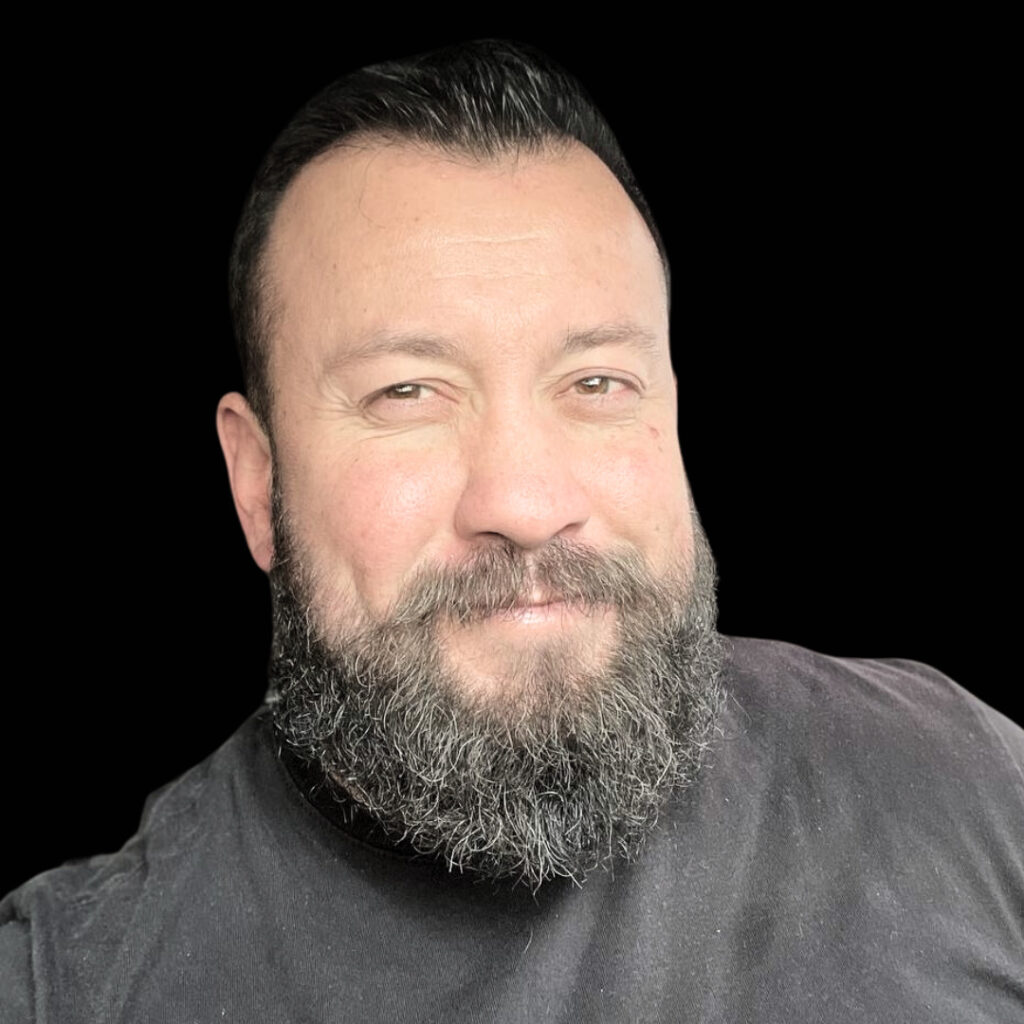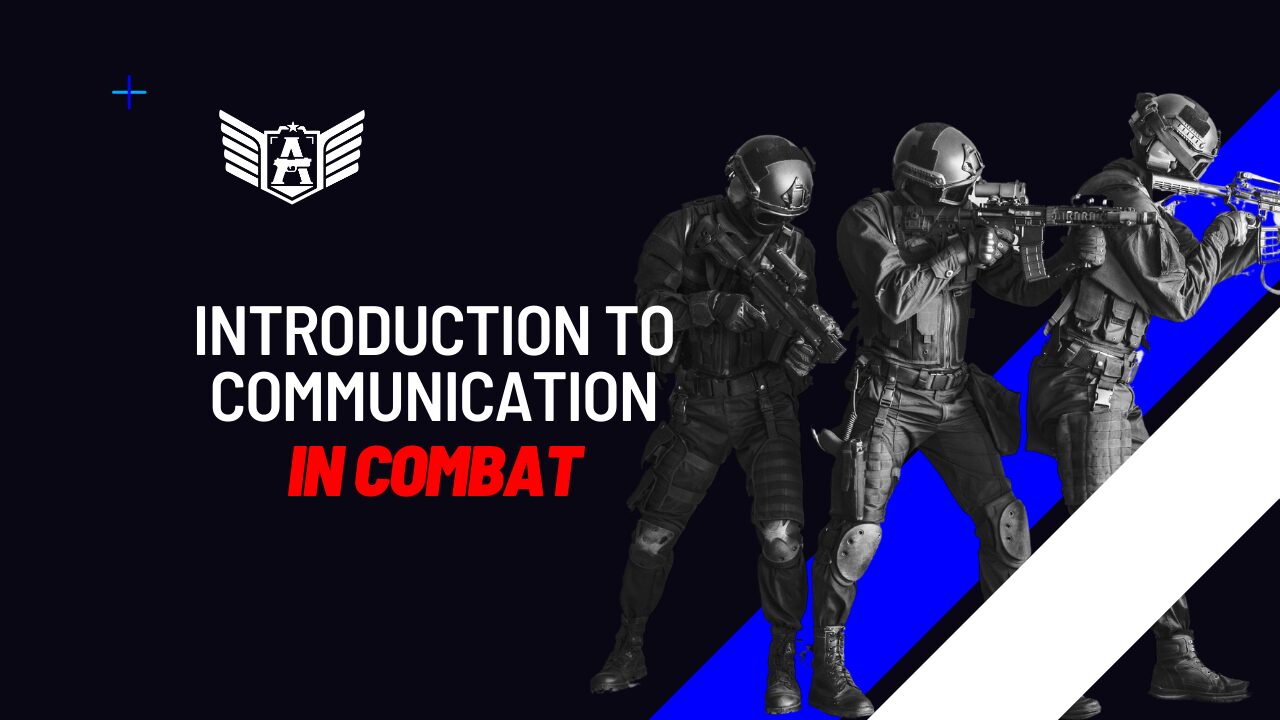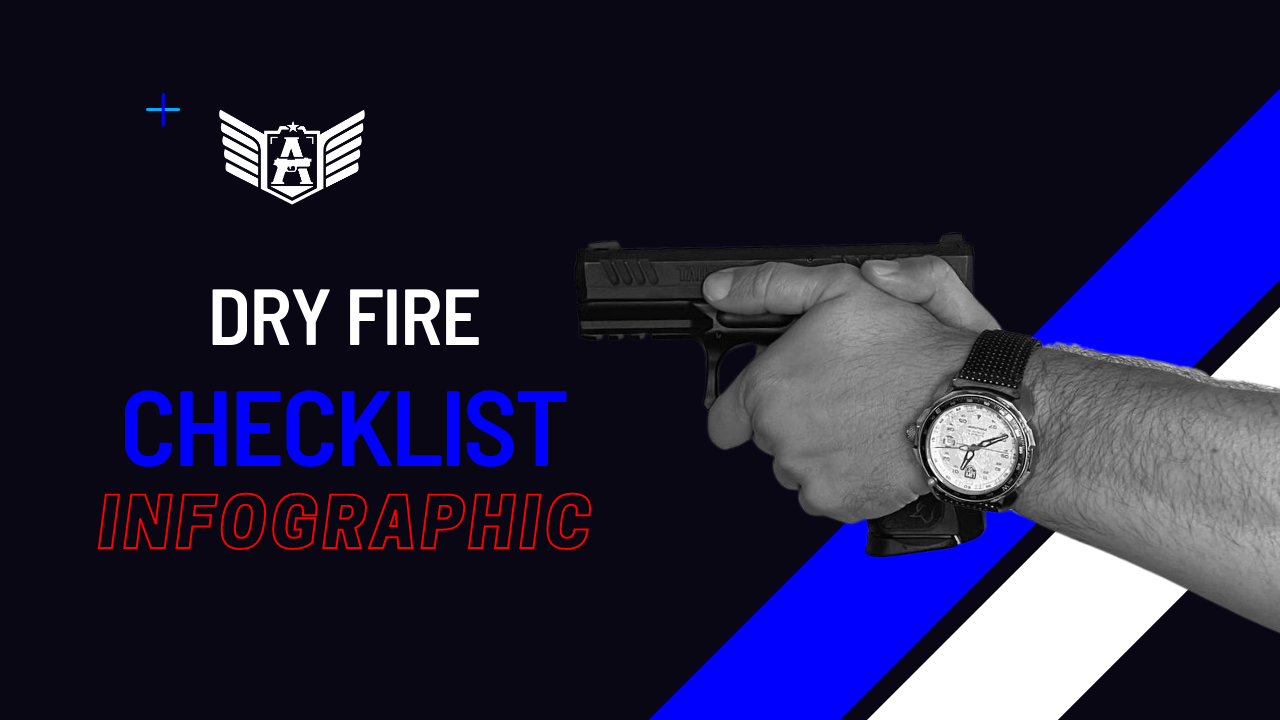Communication is the link that transforms a disorganized group of individuals into a cohesive team capable of leveraging its numbers. However, in a highly stressful scenario, this is a skill that deteriorates rapidly. How then is it possible for a group of people to communicate during an armed confrontation?

Communication can be verbal (written or spoken) or non-verbal (gestures, signals, etc.), and like any other skill related to combat shooting, it needs to be trained in an organized manner, respecting the T-M-M triad.

It is recommended that in a cohesive team, verbal communication be trained using short words, usually in codes understood only by the team: imagine your enemy overhearing your team saying that you will flank them from the right. Your tactic would be much less effective, wouldn’t it?
In acute stress, the ability to construct complex sentences like “I’ll cover fire from here while you exit through this window and enter through the back door” is greatly reduced. To achieve a level of communication of this nature, it is necessary to reduce the deleterious effects of stress on the shooter. The smartest way to do this is likely through experience – not age, but exposure to similar scenarios. The relevance of scenario-based training in this context, capable of providing combat-like conditions without imposing inherent risk, is emphasized.
The use of pre-agreed and trained gestures is a useful tool when noise discipline is required and when there is, of course, visual contact between team members. At more advanced levels of coordination, much of this communication is replaced by body mechanics, for example, when shooter A places the stock on the left shoulder, shooter B can understand that he will scan angles to the right.
There are still less common forms of communication to consider: the use of lights; the cadence of shots; specific sounds such as horns, whistles, etc.; digital communication using electronic devices, and so on.
Finally, communication inside and outside of combat can – and should – be used as an important form of counterintelligence, of deception. If the team is going to execute action A, it is necessary for the enemies to receive information that action B will be executed. Even for an individual in isolation, such as in an urban armed response, a reaction to assault, or an active shooter situation, it is possible to use communication with victims – providing guidance – and with the aggressor – providing counterintelligence – in order to gain an advantage in combat.
Communication is the link that transforms a disorganized group of people into a cohesive and efficient team. Its implications are complex and demand study and training from the committed shooter. Whether you are a family man defending your loved ones or a team leader in a police or military operation, never underestimate the importance of effective communication.





